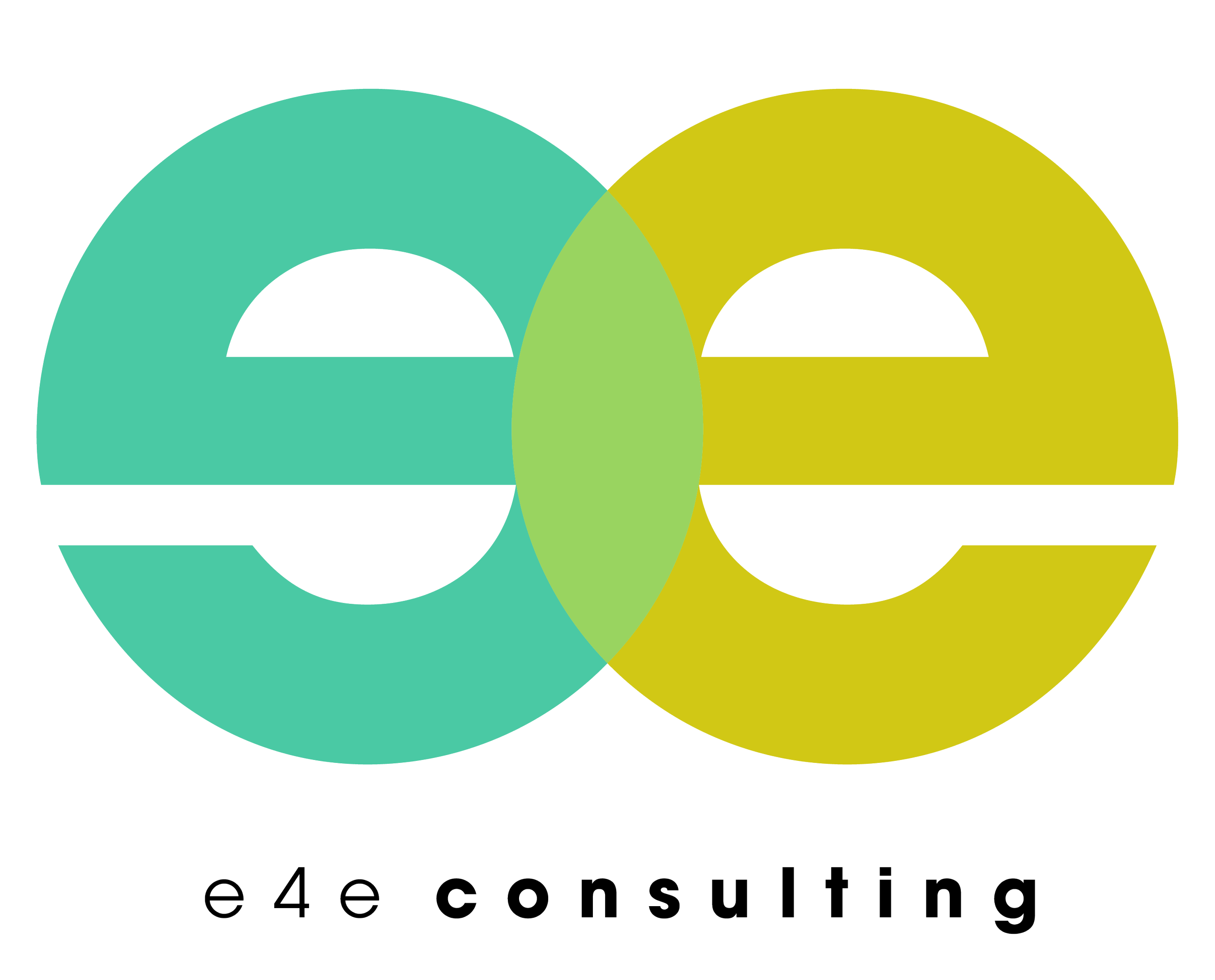10 Tips to Get the Most Out of Online PD
Sometimes we make the mistake of thinking professional development is for the benefit of our organizations rather than ourselves. This perspective can limit both participation and information retention. To be clear, professional development is personal development. Participation in a workshop is not a commitment to your job or organization. It is a reflection of your own self-agency as a learner and emerging professional.
Edutainment for Equity has facilitated hundreds of online meetings, workshops, and events over the past 11 years. Through our work, we have come to recognize some key strategies to ensure you get the most out of your online professional development experience.
1 - Join the session 10 minutes early to give yourself time to troubleshoot any tech issues. Make sure you have your headphones, the wifi and microphone are working, everything is charged, etc. before the workshop starts. A critical part of being professional is being prepared.
2 - Turn your camera on. It’s important to be seen not only by the facilitator but by your fellow attendees. While you have come to learn, knowledge is a shared experience informed not only by the facilitator’s experience, but that of you and your fellow attendees. Just as if you were in-person, this is a networking opportunity, one that begins with turning your camera on.
3 - Show up to the online experience as a professional. Dress appropriately, in a room that does not reveal too much of your personal history. Blank walls or bookshelves are great backdrops for online communication, or use a virtual backdrop. Remember the point is for you to be in an optimal learning environment so you can retain as much of the information as possible.
4 - Use first names unless otherwise directed. Participants should have their first names listed on the screen. While we also encourage including pronouns, referring to one another by first name eliminates the possibility of accidentally misgendering a fellow attendee.
5 - The rules that apply to the real world are also true in the virtual world. “Good Morning” can go a long way. It’s nice to know you are being heard, whether you’re the facilitator or the participant. Use the chat to communicate solidarity with people in the workshop. Associate names and statements with faces so you can communicate with others. Raising hands, asking questions, being mindful of language, tone, and group dynamics all make online experiences more effective and impactful.
6 - If you have questions, ask. If you don’t understand an instruction, or need the facilitator to slow down, say something. If you are struggling with the tech in some way, let the facilitator know so these difficulties can be remedied quickly.
7 - Have grace. Despite the fact that we have been meeting online for several years now, camera and mic mishaps happen. To the extent that these moments can be avoided please do, but recognize that the adjustment to “working from home” has not been equitable. Some people may have separate spaces designated for meetings in their home, and some folks may not.
8 - Have patience. Moments of pause feel much quieter and seem to last much longer online than they do in person. Sometimes people need time to process before sharing their ideas. Sometimes the technology does not work correctly and facilitators need time to fix or pivot from the problem. Sometimes people may get anxious about something said in the meeting and need time to breathe before speaking. Patience is a great value to carry into online meetings and workshops, recognizing everyone in the space is working toward the same end.
9 - Just because you are meeting online does not mean your online personality needs to be at the meeting. Online meetings and workshops are not social media, the chat room is not a social media feed. Please respect everyone in the room and treat the online space like you would your own professional environment. Be kind and considerate, don’t talk over people, and respect each other's point of view.
10 - The mic is not the only way to speak. These experiences are intended for us to listen twice as much as we speak, and to hear what each attendee has to say. At the same time, don’t be afraid to use the chat! Your fingers can offer a richness that the microphone sometimes does not. Share links, use emojis, highlight quotables, and use your fingers to type in your thoughts and ideas.
